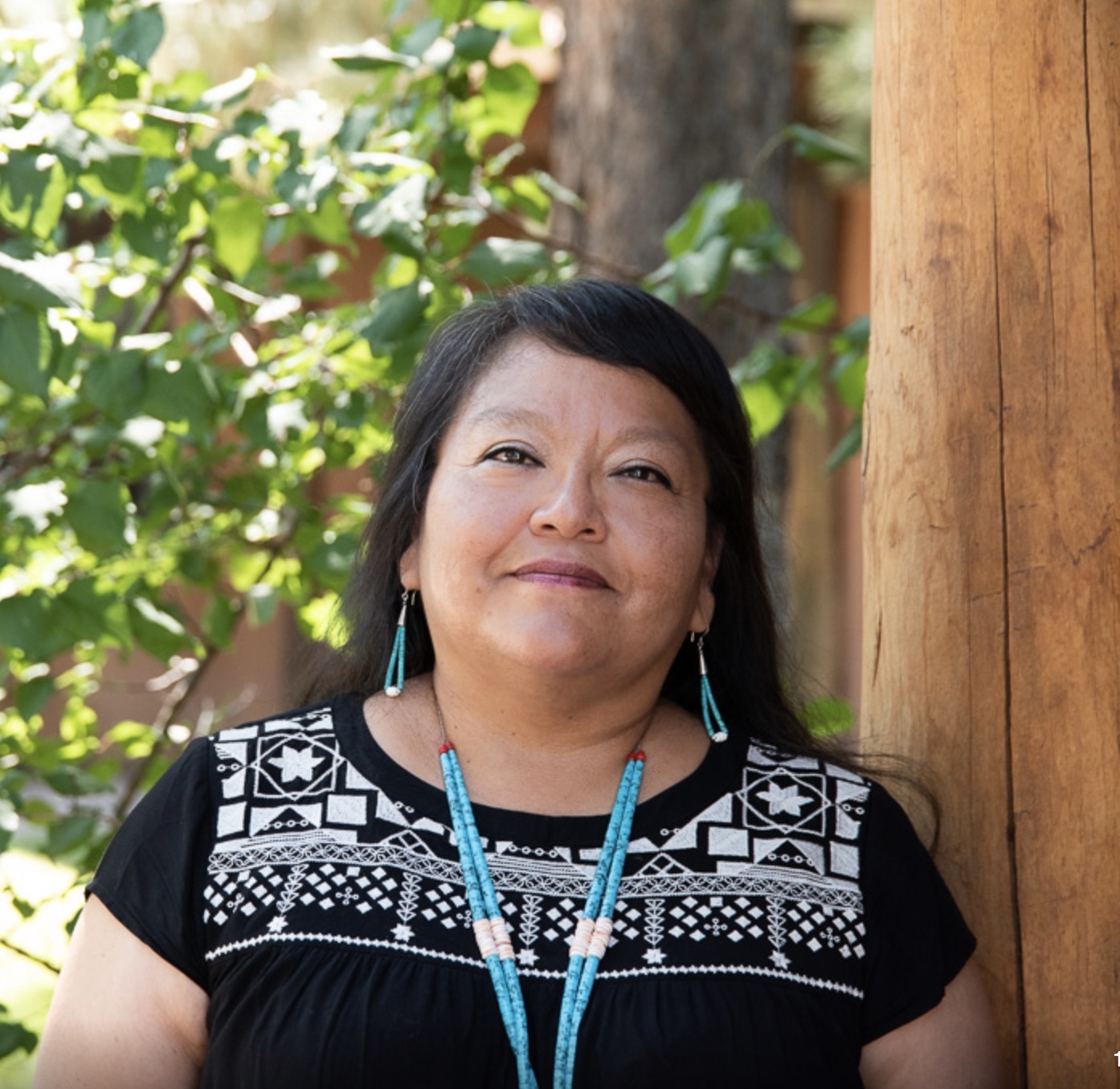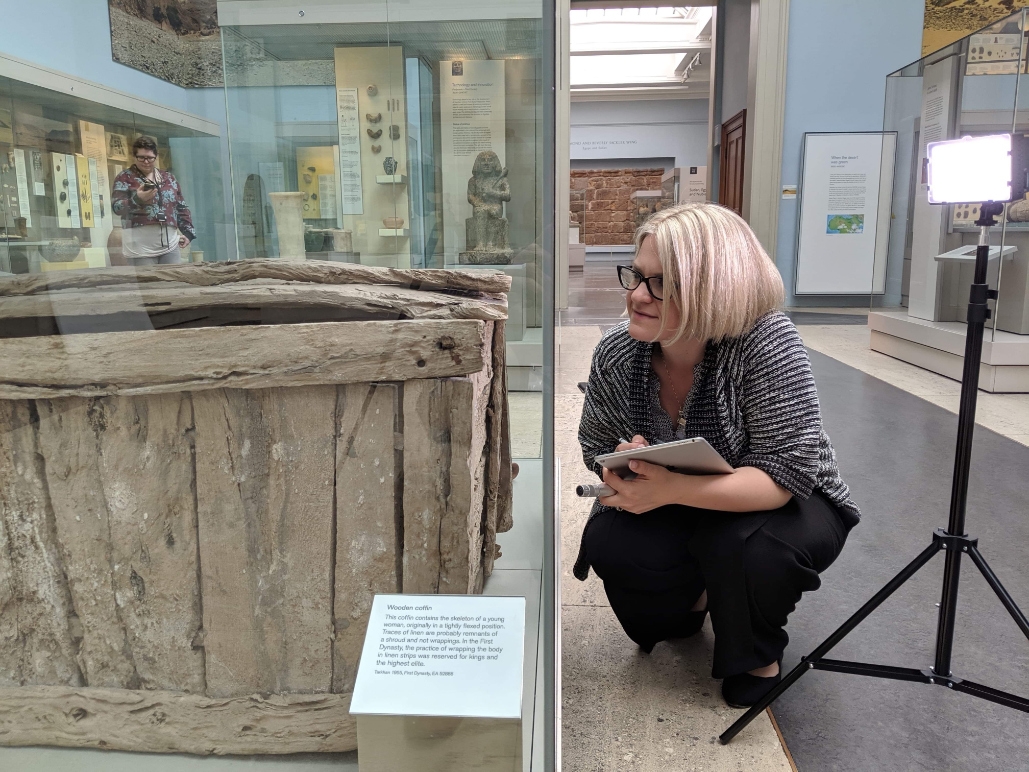Past Events
Interested in Cotsen events? Sign up for our mailing list.Aaron Burke (CIoA Press Editor in Chief) and Randi Danforth (Publications Director)
Thursday, September 3rd 2020 10:00am - 12:00pm (PT)
CIoA Press Editor in Chief Aaron Burke and Publications Director Randi Danforth will present a session on academic publishing in two parts. First, "how do I decide where to publish something? Who should I publish it with? Should it be an article or a book?" This presentation will provide an overview of the publication process with advice concerning how to approach publishers, select journals, prepare proposals and manuscripts, respond to and address peer review, and promote your work once published. Part Two will present an inside look at the process, from book proposal to board review to acceptance and production (copyediting, author review, design, printing, and distribution). Deidre Whitmore will give an overview of electronic publishing possibilities, both those linked to a book in print, and those in independent digital forms.
Contact Deidre Whitmore
Email dal@ioa.ucla.edu
Phone
Doug Daniels, Emerging Technologies Librarian
Thursday, August 27th 2020 10:00am - 12:00pm (PT)
Doug Daniels is the Emerging Technologies Librarian at the UCLA Library and director of the Library’s Lux Lab. The Lux Lab is a suite of emerging technology services, including 3D printing, 3D scanning, laser cutting and etching, large format printing, 3D mapping, and a developing VR service. This workshop will highlight some past work that the Lux Lab has done. These past projects reflect the diverse use-cases of these technologies in an archaeological context. Immediately following the presentation, a live demonstration of the Lux Lab’s 3D scanner(s) will take place, with plenty of time for questions and answers.
Contact Deidre Whitmore
Email dal@ioa.ucla.edu
Phone
 Davina Two Bears' research documents the history of the Old Leupp Boarding School (OLBS), a Federal Indian boarding school on the Navajo Reservation, from 1909 to 1942, as it explores Diné (Navajo) survivance within the context of this school. Two Bears employs decolonizing research methods framed by postcolonial theory to investigate the OLBS, which currently exists as a historic archaeological site. She explores how Diné children forced to attend the OLBS utilized their cultural foundations to meet the challenges imposed upon them by a settler society and relates the positive stories of Native survivance and resistance to assimilation achieved within the OLBS. Utilizing oral history interviews she conducted with Navajo elders and a critical review of archival records and historic photographs, Two Bears explores the history of the OLBS and the memories of Navajo students who attended the OLBS. Her research contributes to postcolonial anthropology as a study of culture change, decolonizing research, and Native American and Indigenous studies.
Davina Two Bears' research documents the history of the Old Leupp Boarding School (OLBS), a Federal Indian boarding school on the Navajo Reservation, from 1909 to 1942, as it explores Diné (Navajo) survivance within the context of this school. Two Bears employs decolonizing research methods framed by postcolonial theory to investigate the OLBS, which currently exists as a historic archaeological site. She explores how Diné children forced to attend the OLBS utilized their cultural foundations to meet the challenges imposed upon them by a settler society and relates the positive stories of Native survivance and resistance to assimilation achieved within the OLBS. Utilizing oral history interviews she conducted with Navajo elders and a critical review of archival records and historic photographs, Two Bears explores the history of the OLBS and the memories of Navajo students who attended the OLBS. Her research contributes to postcolonial anthropology as a study of culture change, decolonizing research, and Native American and Indigenous studies.
Davina R. Two Bears is Navajo from northern Arizona. She recently graduated from Indiana University (2019) with a PhD in anthropology with an emphasis in archaeology, and a PhD minor in Native American Indigenous Studies.
Register for this Cotsen Virtual Pizza Talk here! You will receive instructions on viewing the talk after registering.

Photo courtesy of the Old Trails Museum/Winslow Historical Society. The photo is of the front entrance of the OLBS, which later became the girls and boys dormitory. This picture was taken around 1915.
Contact Michelle Jacobson
Email mjacobson@ioa.ucla.edu
Phone
Deidre Whitmore, Digital Archaeology Lab
Thursday, August 13th 2020 10:00 - 11:00am (PT)
This workshop will prevent headaches and save hours of work. The open-source tool Zotero not only makes gathering and organizing references fast and easy but also simplifies the process of adding citations and bibliographies to your publications. This workshop will cover how to add articles, books, chapters, periodicals, and web resources with a single click. Participants will also learn how to add in-text citations directly in Word and LibreOffice as well as adding and formatting a reference cited and bibliography to publications. Lastly, we will cover how to collaborate with colleagues and easily share research materials using Zotero libraries.
Register here (Registration limited to Cotsen affiliates)
Contact Deidre Whitmore
Email dal@ioa.ucla.edu
Phone
Deidre Whitmore, Digital Archaeology Lab
Thursday, August 6th 2020 10:00am - 12:00pm (PT)
Data are messy. Nearly all datasets require cleaning and processing before they can be analyzed and interpreted. This workshop will cover how to use the free, open-source tool OpenRefine to more quickly and easily understand and clean your data. Participants will learn how to correct typos and misspellings, standardize terms and dates, and break complex data into usable formats. We will also cover how to share your data and cleaning steps with collaborators and export a script that details the steps taken which can be applied to future datasets.
Register here (Registration limited to Cotsen affiliates)
Contact Deidre Whitmore
Email dal@ioa.ucla.edu
Phone
Anthony Caldwell, Assistant Director of the UCLA Digital Research Consortium
Thursday, July 23rd 2020 10:00am - 12:00pm (PT)
This workshop will introduce 3D modeling through the use of SketchUp, an intuitive modeling application that lets you create and edit 3D models. The workshop will cover: navigating and understanding 3D space, drawing basics, textures, tags, importing and exporting, and much more.
Note: This workshop will be using Sketch-up free. If you would like to follow the workshop, please make sure you have signed up for a SketchUp free account at https://www.sketchup.com/plans-and-pricing/sketchup-free
Contact Deidre Whitmore
Email dal@ioa.ucla.edu
Phone
Caroline Arbuckle MacCleod, Ph.D. Fellow, University of British Columbia
Wednesday July 22, 2020 – 1:00pm
 In ancient Egypt, the wooden coffin was considered one of the fundamental elements of a burial for wealthier individuals. It was a magical vessel that protected the deceased, and ensured that the owner could be transformed into a divine being in the afterlife. Due to the importance of these objects, potent magical talismans and symbols were placed around and in the coffin, and were often included in the decoration. Magical spells and rituals were also performed throughout the burial ceremony. In this talk, a new layer of ritual and magic is considered, hidden within the invisible joints of wooden coffins. In these areas, secret spells and magical red paint were added during construction. This may suggest the presence of educated carpenter priests, trained in the rituals needed to prepare the wood, as the first step in the creation of these potent vessels for the dead.
In ancient Egypt, the wooden coffin was considered one of the fundamental elements of a burial for wealthier individuals. It was a magical vessel that protected the deceased, and ensured that the owner could be transformed into a divine being in the afterlife. Due to the importance of these objects, potent magical talismans and symbols were placed around and in the coffin, and were often included in the decoration. Magical spells and rituals were also performed throughout the burial ceremony. In this talk, a new layer of ritual and magic is considered, hidden within the invisible joints of wooden coffins. In these areas, secret spells and magical red paint were added during construction. This may suggest the presence of educated carpenter priests, trained in the rituals needed to prepare the wood, as the first step in the creation of these potent vessels for the dead.
Please note, the talks will start at 1:00pm PT during the summer.
Contact Michelle Jacobson
Email mjacobson@ioa.ucla.edu
Phone
Deidre Whitmore, Digital Archaeology Lab
Thursday, July 16th 2020 10:00am - 12:00pm (PT)
Vector illustrations are common in archaeological publications and field documentation. In this workshop we'll cover how Adobe Illustrator and vector illustrations can be used for site maps, trench and elevation drawings, and artifact renderings. Participants will be introduced to the interface and tools associated with these types of illustrations. We'll cover how to bring scanned drawings into Illustrator and set up a drawing for digital tracing as well as tricks to speed up the process. Additionally, we'll walk through creating artifact drawings using common techniques including stippling.
Register here (Registration is limited to Cotsen affiliates)
Contact Deidre Whitmore
Email dal@ioa.ucla.edu
Phone
Alan Farahani, Assistant Professor in Anthropology, University of Nevada, Las Vegas
Thursday, July 9th 2020 10:00am - 12:00pm (PT)
This workshop will cover the basics of contemporary data manipulation using the R statistical programming language as well as provide an introduction to approaches to regression for archaeological applications. Topics covered will include philosophy of regression, model specification, parameterization, and evaluation, as well as the different distribution families used to analyze count (poisson, negative binomial, etc.) and continuous (gaussian) data. Participants should walk away (aka turn off their web cameras) with at least a basic understanding of the issues as well the ability to undertake some of the analyses using the R platform.
Register here (Registration is limited to Cotsen affiliates)
Contact Deidre Whitmore
Email dal@ioa.ucla.edu
Phone
Anthony Caldwell, Assistant Director of the UCLA Digital Research Consortium
Thursday, July 2nd 2020 10:00am - 12:00pm (PT)
Photogrammetry, or Structure-from-Motion, is a technique for constructing three dimensional models from a series of photographs. This technique can be utilized by archaeologists to record objects, features, and sites both quickly and relatively inexpensively. In this workshop, you'll learn how to systematically photograph objects and the steps to processing these photographs into a 3D model with Agisoft's MetaShape (previously named PhotoScan).
Register here (Registration is limited to Cotsen affiliates)
Contact Deidre Whitmore
Email dal@ioa.ucla.edu
Phone
- ‹ previous
- 21 of 49
- next ›


